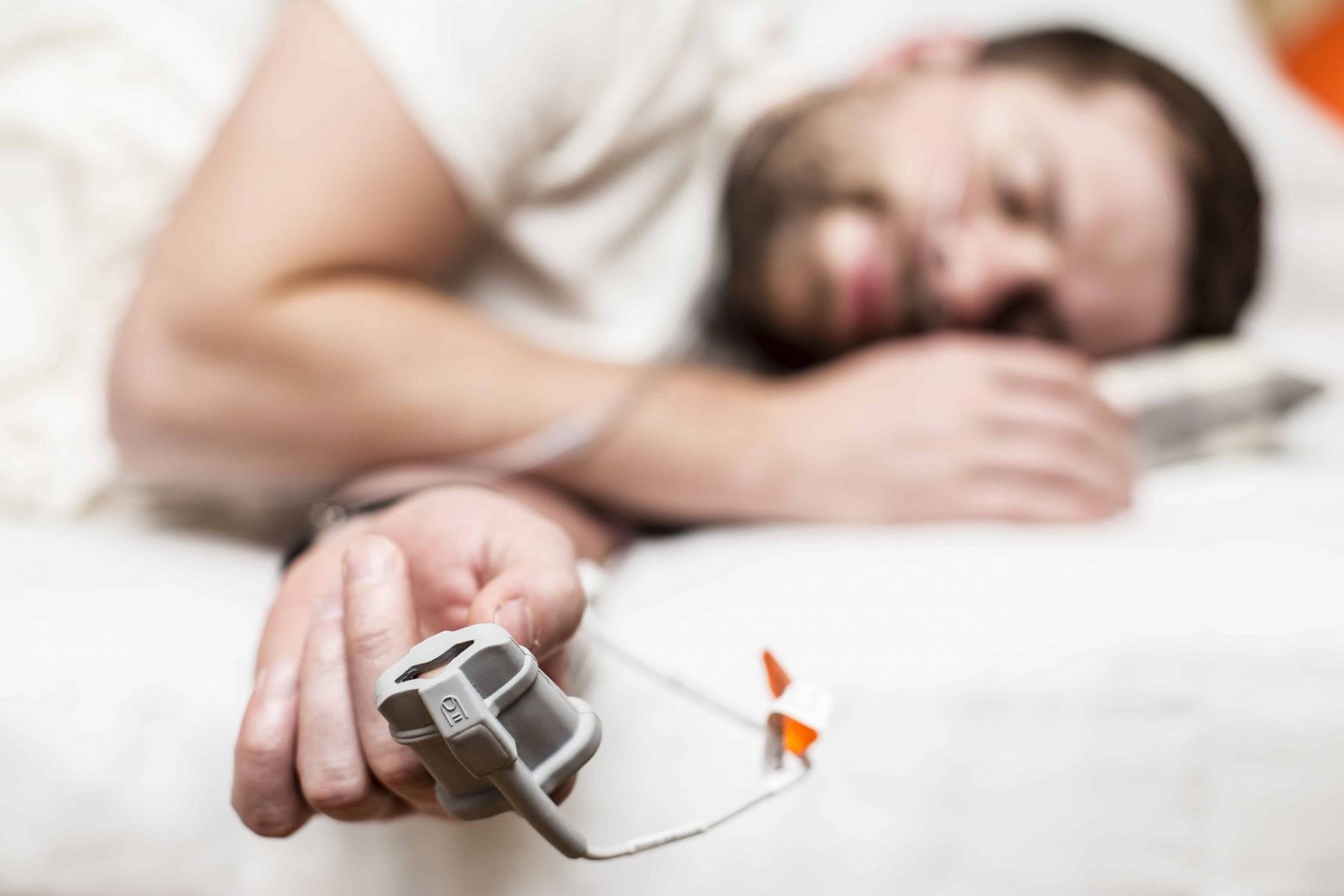Sleep Apnea Testing
Sleep Apnea Testing
What is Sleep Apnea?
If you awaken tired in the morning, even after you’ve seemingly had a good night’s sleep, you may have A sleep disorder called apnea. People with sleep apnea have a sleep disorder that causes them to stop breathing temporarily while they sleep. The lack of breathing may last from several seconds to a minute. Usually, the person experiencing this disorder starts breathing with a snort or a jerk. When your breathing becomes shallow or stops, your sleeping level is lighter. Lighter sleep means less deep, restful sleep.

What are Causes and Symptoms?
These symptoms include:
- Being a heavy snorer. This symptom usually occurs primarily during obstructive sleep apnea.
- Another person noticing that breathing stops during sleep.
- Awaking abruptly with shortness of breath. This symptom primarily occurs in those with central sleep apnea.
- A sore throat or dry mouth upon awakening.
- A headache upon awakening.
- Difficulty remaining asleep.
- Hypersomnia or trouble staying awake.
- Irritability.
- Problems paying attention.
Testing for Sleep Apnea?
An evaluation often involves overnight monitoring at a sleep center of your breathing and other body functions during sleep. Home sleep testing also might be an option. Tests to detect sleep apnea include:
- Nocturnal polysomnography. During this test, you’re hooked up to equipment that monitors your heart, lung and brain activity, breathing patterns, arm and leg movements, and blood oxygen levels while you sleep.
- Home sleep tests. Your doctor might provide you with simplified tests to be used at home to diagnose sleep apnea. These tests usually measure your heart rate, blood oxygen level, airflow and breathing patterns.
What is WatchPAT?
WatchPAT is an at-home sleep study device that’s different from the other devices currently available. Most home sleep studies use multiple sensors, including a nose cannula and an expandable belt around your chest, which are all attached to a monitor with wires.
The WatchPAT has two components: one piece fits over your fingertip and the second is worn around your wrist like a watch. The innovative technology used in the device, called Peripheral Arterial Tone (PAT), measures changes in arterial blood flow at your fingertip.
By detecting arterial blood flow, WatchPAT accurately measures activity in your sympathetic nervous system. These nerves are automatically activated when you stop breathing, allowing the WatchPAT to capture the information needed to diagnose sleep apnea.
How effective is WatchPAT for diagnosing sleep apnea?
The WatchPAT produces results that are similar in quality and reliability to laboratory sleep studies. Additionally, the WatchPAT captures more information than home sleep tests that only measure your breathing, oxygen levels, and breathing effort.
When you wear the WatchPat, your provider receives information about:
Real sleep time
The WatchPAT measures actual sleep time, which reduces the risk of misdiagnosis by 20%.
Key sleep apnea measurements
The WatchPAT determines your apnea-hypopnea index (AHI), respiratory distress index (RDI), and oxygen desaturation index (ODI), which are the most important values for determining the severity of your apnea.
The WatchPAT also determines your:
- Heart rate
- Body position
- Snoring intensity
- Sleep states
- Sleep fragmentation
This vital information about your breathing and sleeping patterns is easy to obtain. Before you go to bed, you simply fasten the device around your wrist, place the probe over your finger, and turn it on.
Treatment for Sleep Apnea?
How to Stop Snoring
Snoring is one of the symptoms and signs of apnea. How to stop snoring? Here are several snoring solutions that may reduce or eliminate your snoring problem:
- Many people snore when they lie on their backs. Using a full body pillow may encourage you to sleep on your side, and eliminate your snoring.
- Sew tennis balls to the top of your pajama’s back to keep you from sleeping on your back.
- Raise the head of your bed to open up your airways.
- Check with your doctor to make sure your snoring isn’t due to an obstruction and isn’t causing obstructive sleep apnea.
- Lose weight if that causes you to snore. Remember that skinny people snore, too.
- Avoid drinking alcohol before bedtime.
- Get rest routinely. You are more increasingly likely to snore if you sleep when overly tired.
- Keep your nasal passages open using oral appliances or breathing strips.
- Consult with your doctor to ensure snoring isn’t due to an obstruction and isn’t causing obstructive sleep apnea.
Other snoring solutions may be available if these suggestions don’t cure your snoring problem. Your doctor and dentist may work together to provide you with sleep aids that can help you breathe better.
Continuous Positive Airway Pressure (CPAP Machine)
The CPAP machine treats moderate to severe apnea. This machine delivers pressurized air through a mask. CPAP masks are placed over your nose and worn while you sleep. Because the air pressure inside the mask is greater than the air pressure outside the mask, the CPAP keeps the airways open and alleviates breathing problems as well as snoring.
There are several types of CPAP sleep masks available. If the first sleep masks tried doesn’t work, try another and keep adjusting the straps until you find the CPAP mask that is the most comfortable. Most sleep masks can be adjusted to suit the comfort and health needs of any wearer, making CPAP masks and machines the best choice for sleep apnea symptoms
BiPAP
The BiPAP machine uses pressurized air to keep airways open. This machine adjusts levels of air pressure to keep airways open when various levels of air pressure are needed. Air pressure remains high when an individual inhales and decreases when a person exhales when using this type of machine.
Another type of positive airway pressure devices includes the variable positive airway pressure device (VPAP), the Proven device, and other types of devices that assist in helping the OSA sufferer to get a good night’s sleep. Provent doesn’t require electricity or a humidifier to work.